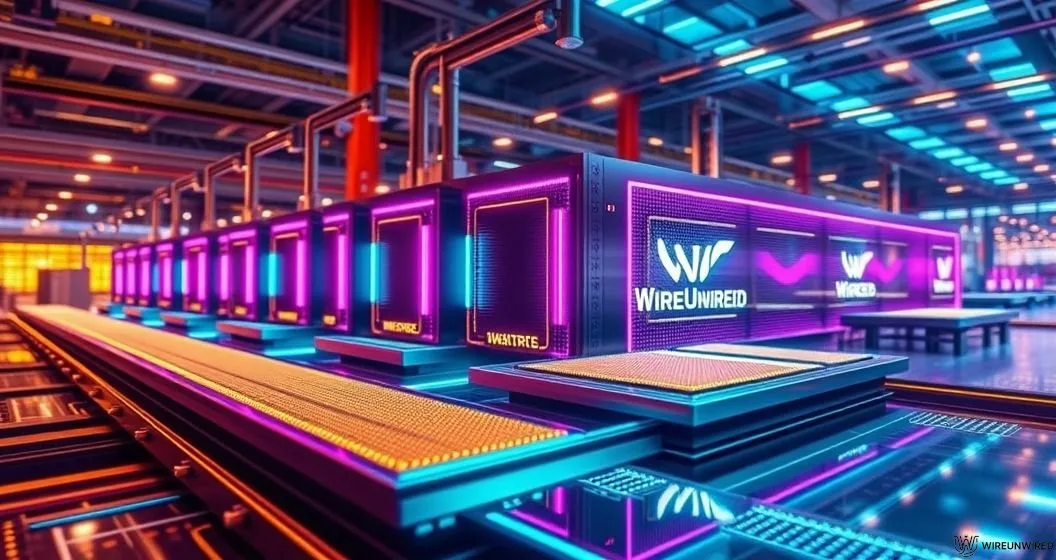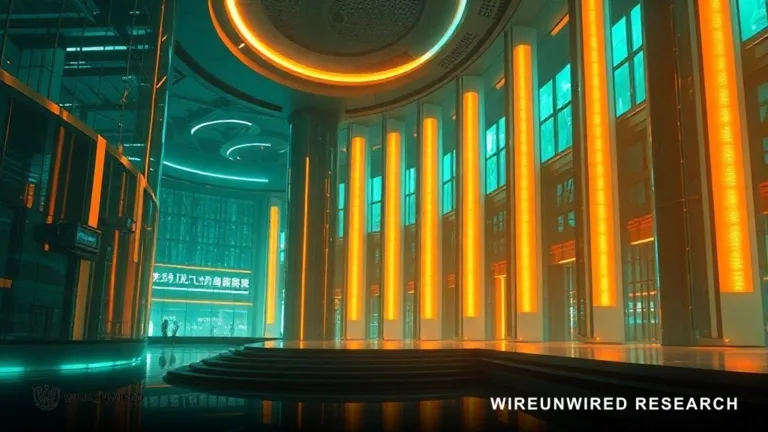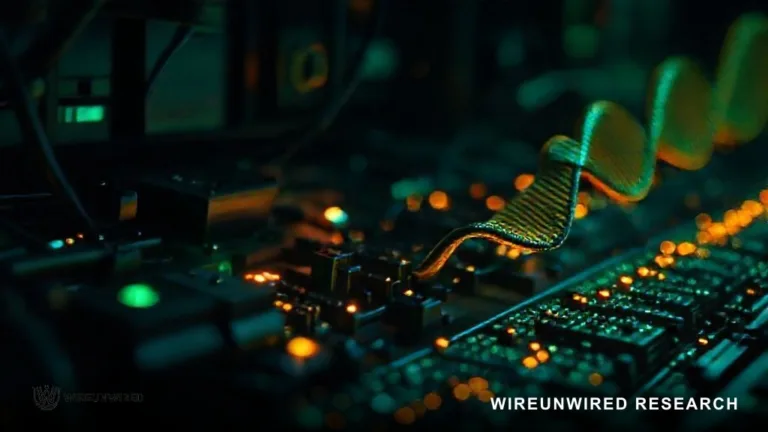Key Insights
- TSMC’s Kaohsiung Fab 22 completes 2nm trial production ahead of schedule, positioning southern Taiwan as a global leader in advanced chip manufacturing.
- Mass production of 2nm wafers is set to begin by the end of 2025, with plans for five dedicated 2nm fabs and a potential sixth for the next-generation A14 (1.4nm) process.
- Local industry and government celebrate the milestone, citing major economic impact and outpacing TSMC’s Arizona facility.
TSMC Kaohsiung Fab 22 Achieves Early 2nm Trial Production Milestone
TSMC’s Kaohsiung F22 facility has reached a significant milestone by completing trial production of its first batch of 12-inch 2nm wafers ahead of schedule, according to local government and industry reports. This achievement marks a pivotal moment for both TSMC and southern Taiwan, as the region positions itself at the forefront of the global semiconductor supply chain. The initial annual output value of the site is estimated to exceed NT$150 billion (approximately US$4.7 billion), with five phases planned to focus exclusively on 2nm production.
Kaohsiung’s Rapid Expansion: 2nm Cluster and A14 Evaluation
TSMC’s Kaohsiung campus, the largest semiconductor investment in southern Taiwan, is set to become a powerhouse for next-generation chip manufacturing. All five phases (P1–P5) of the Kaohsiung F22 facility are dedicated to the 2nm technology family, including future processes such as the A16, which will introduce backside power delivery in 2026. Industry sources report that TSMC is also evaluating a sixth phase (P6) for the advanced A14 (1.4nm) process, a move that could further cement Taiwan’s leadership in semiconductor innovation.
Production Timeline: Mass Output and Economic Impact
According to TSMC’s roadmap, mass production of 2nm wafers at Kaohsiung’s P1 is slated to begin by the end of 2025, with P2 following in the second quarter of 2026. All five fabs are expected to be operational by the fourth quarter of 2027, forming one of the world’s most advanced semiconductor clusters. The scale of the project is immense, with a total investment of roughly NT$1.5 trillion (about $46 billion USD) and the creation of over 7,000 high-tech jobs and 20,000 construction-related positions.
Global Leadership and Competitive Edge
Local media and government officials have lauded the early success of TSMC’s Kaohsiung fab as a transformative boost for the region’s semiconductor ecosystem. The site’s rapid progress is especially notable when compared to TSMC’s Arizona facility, which is still ramping up and unlikely to reach large-scale 2nm production before 2028. The combination of mature infrastructure, local supplier proximity, and robust government support has kept Taiwan’s fabs ahead in readiness and execution.
What’s Next: A14 Process and the Future of Advanced Manufacturing
Looking ahead, TSMC’s potential adoption of the A14 (1.4nm) process in Kaohsiung would further enhance the region’s capacity flexibility and address soaring global demand for AI, high-performance computing, and flagship mobile devices. With the main A14 production base planned for Taichung’s Fab 25 and continued expansion across Taiwan, the island is poised to retain its status as the world’s semiconductor powerhouse for years to come.
“TSMC’s 2nm process development is progressing smoothly, and its continuous expansion in Kaohsiung underscores its commitment to advancing next-generation process technologies while strengthening Taiwan’s position as a global semiconductor manufacturing hub.”
Sources
Discover more from WireUnwired Research
Subscribe to get the latest posts sent to your email.




